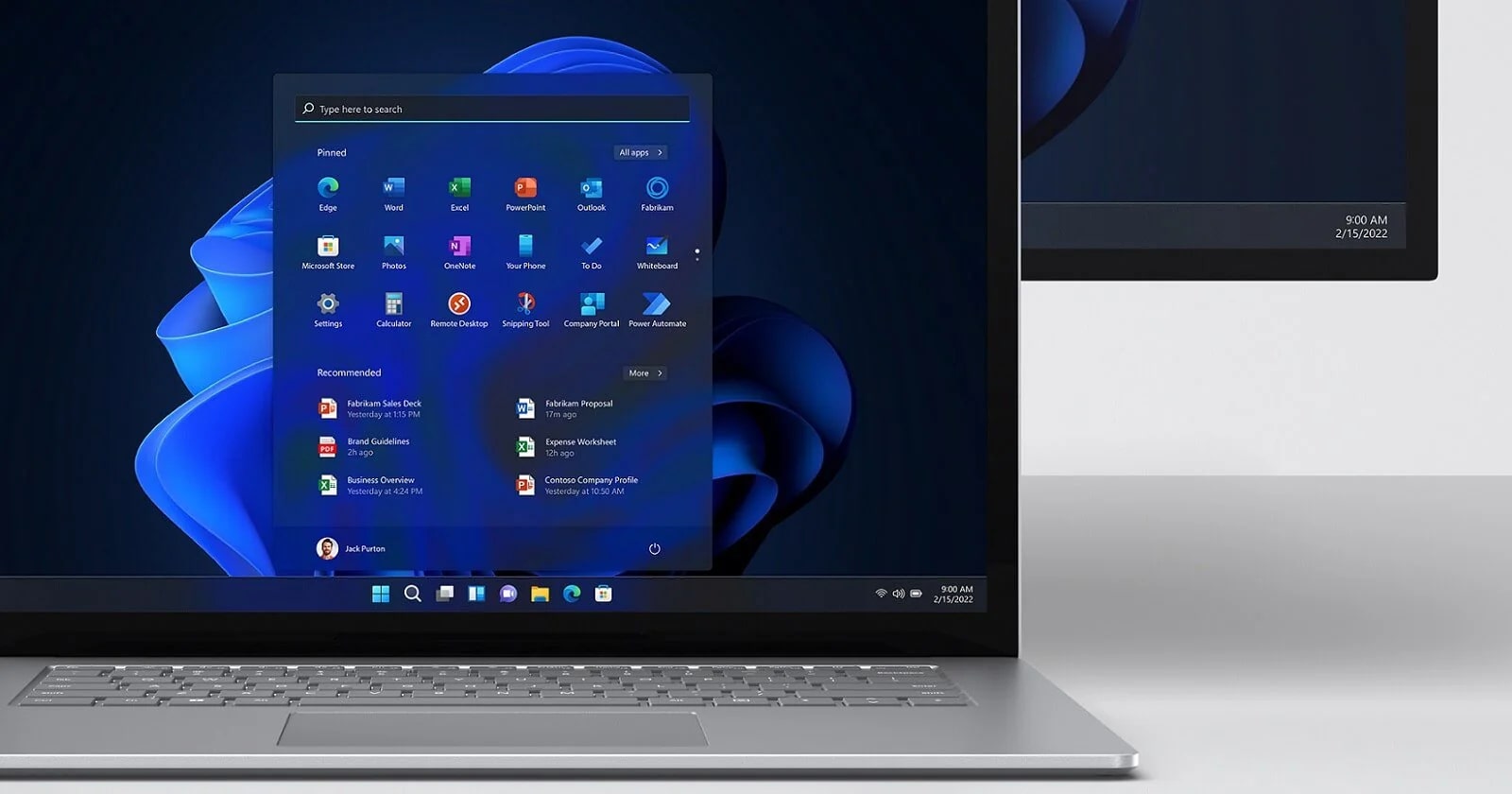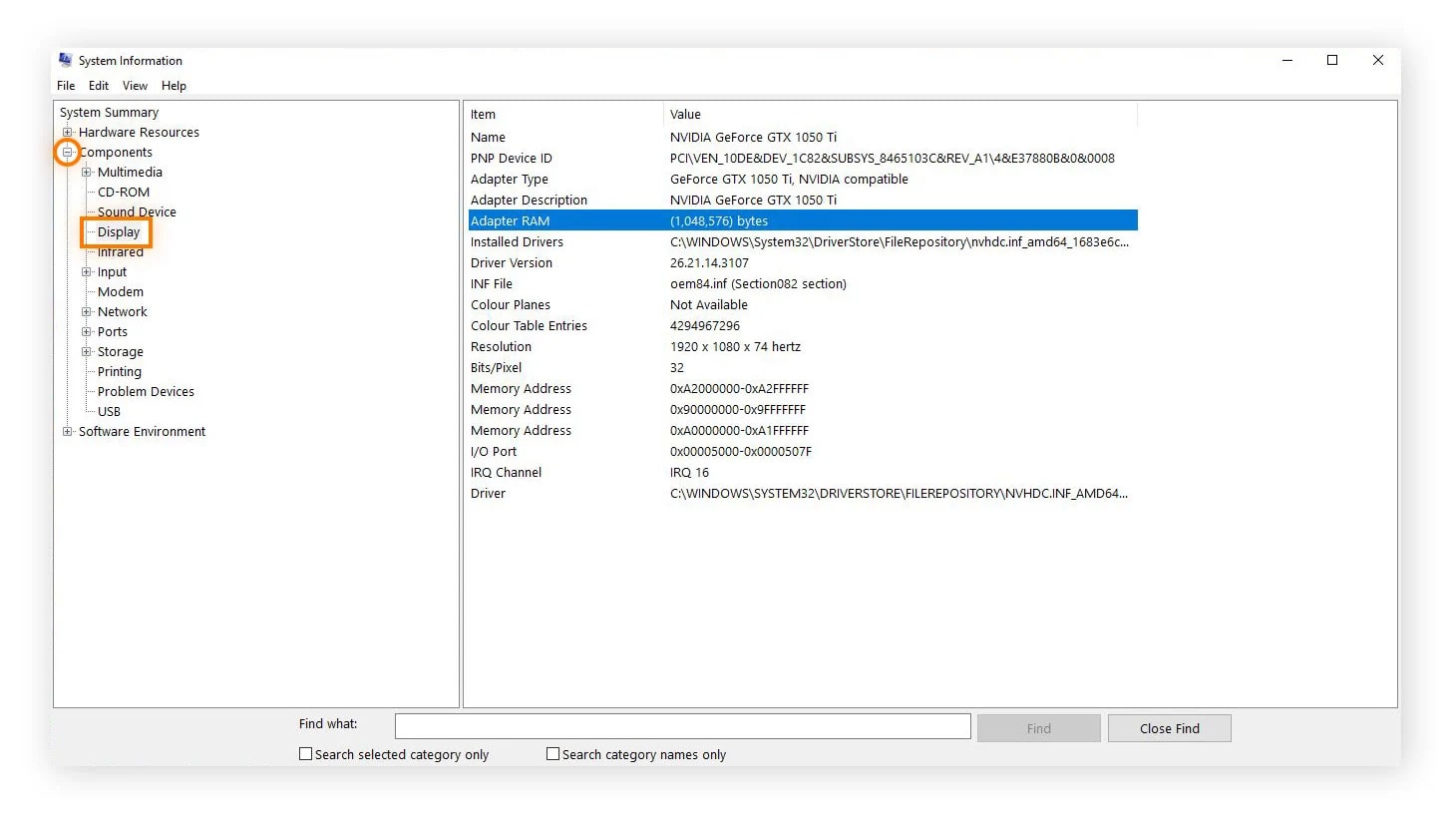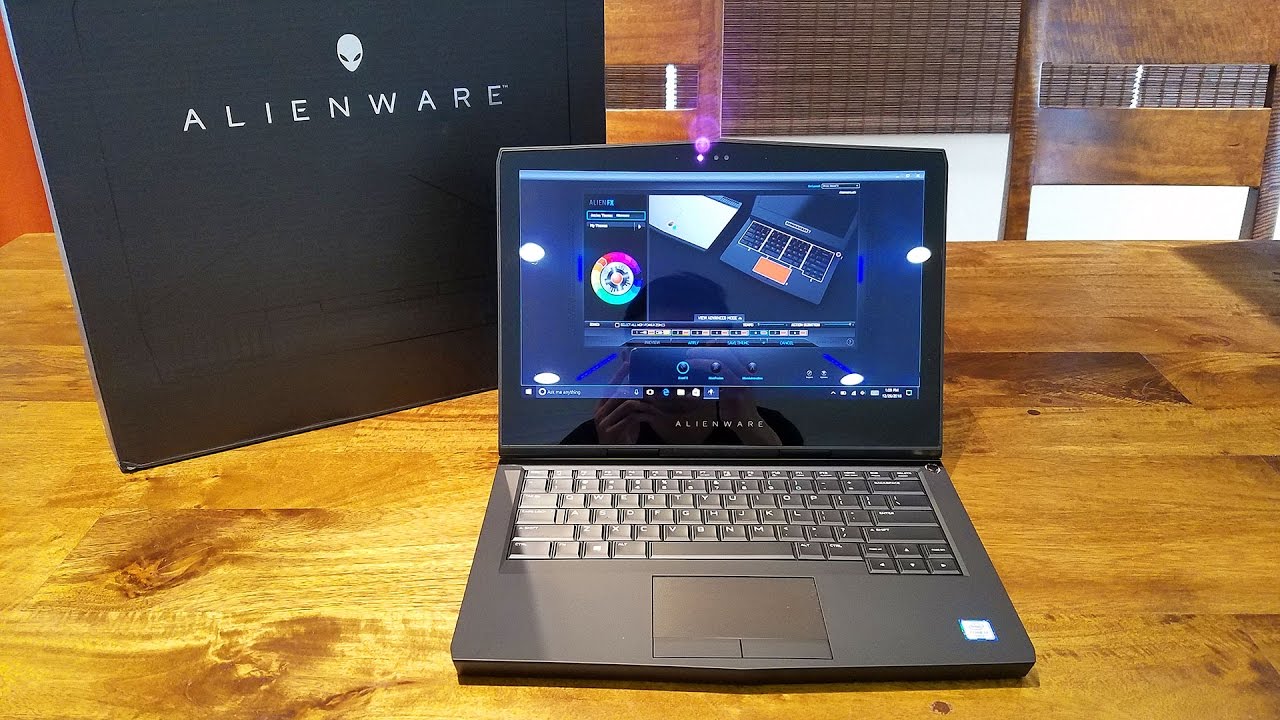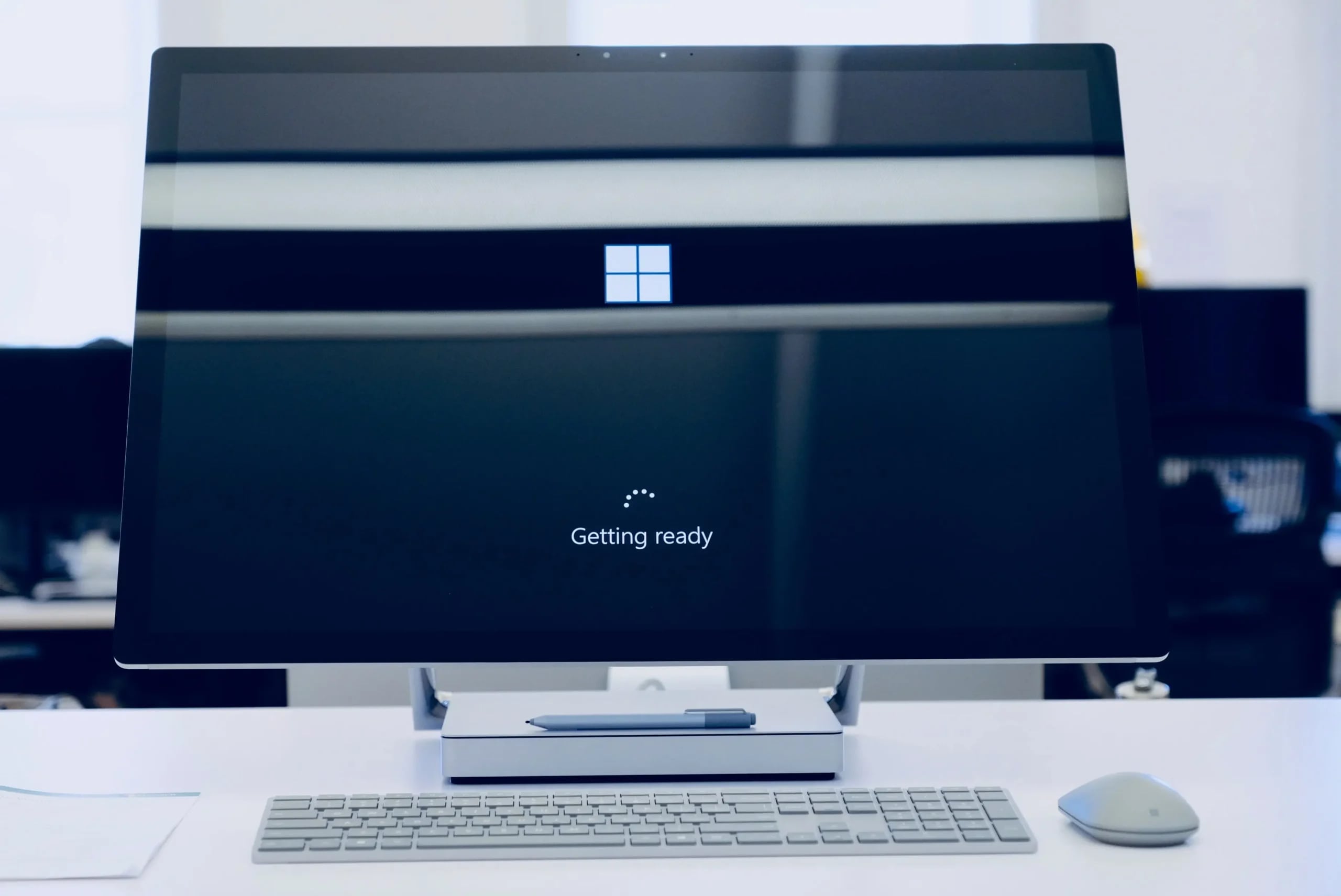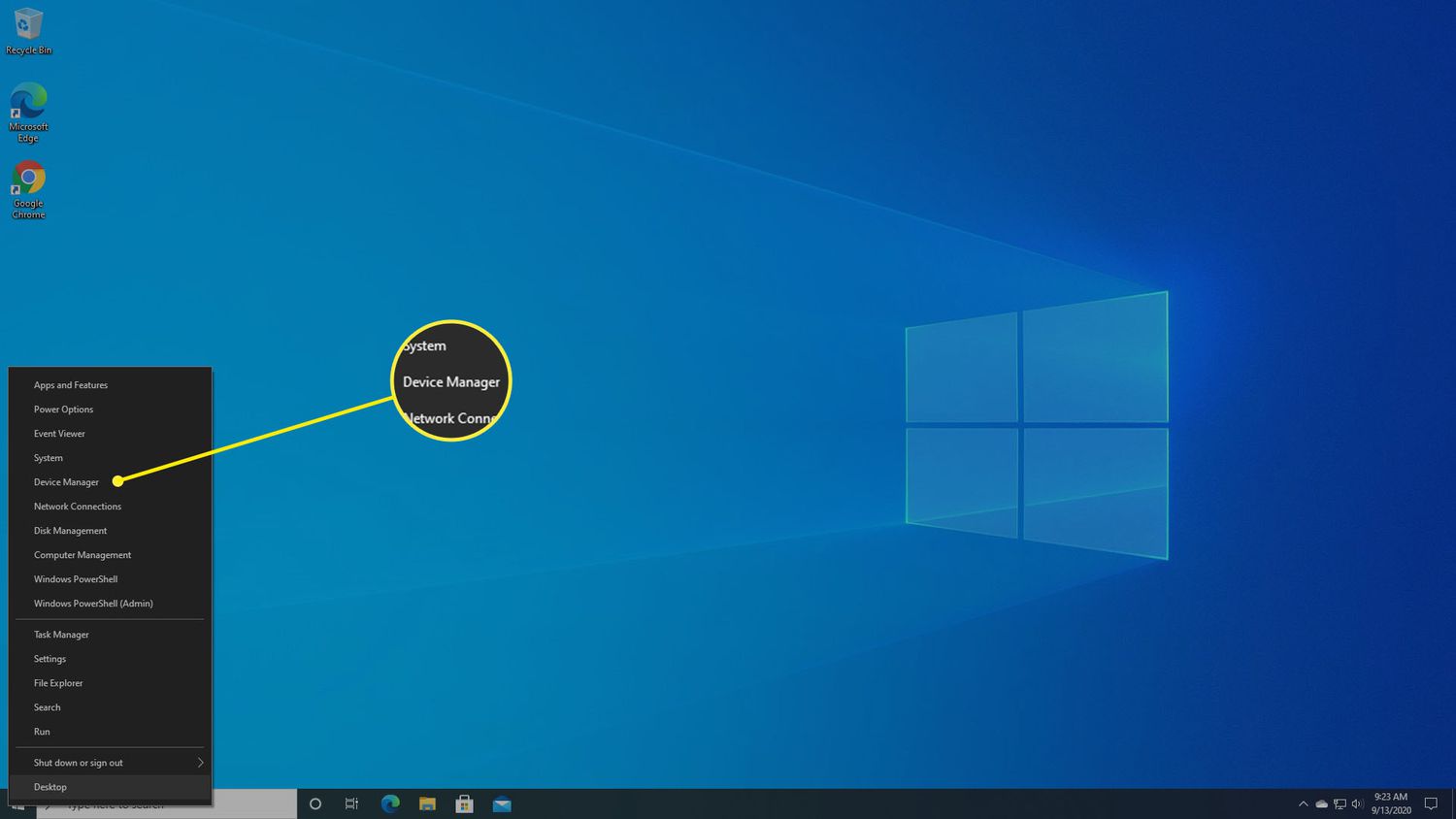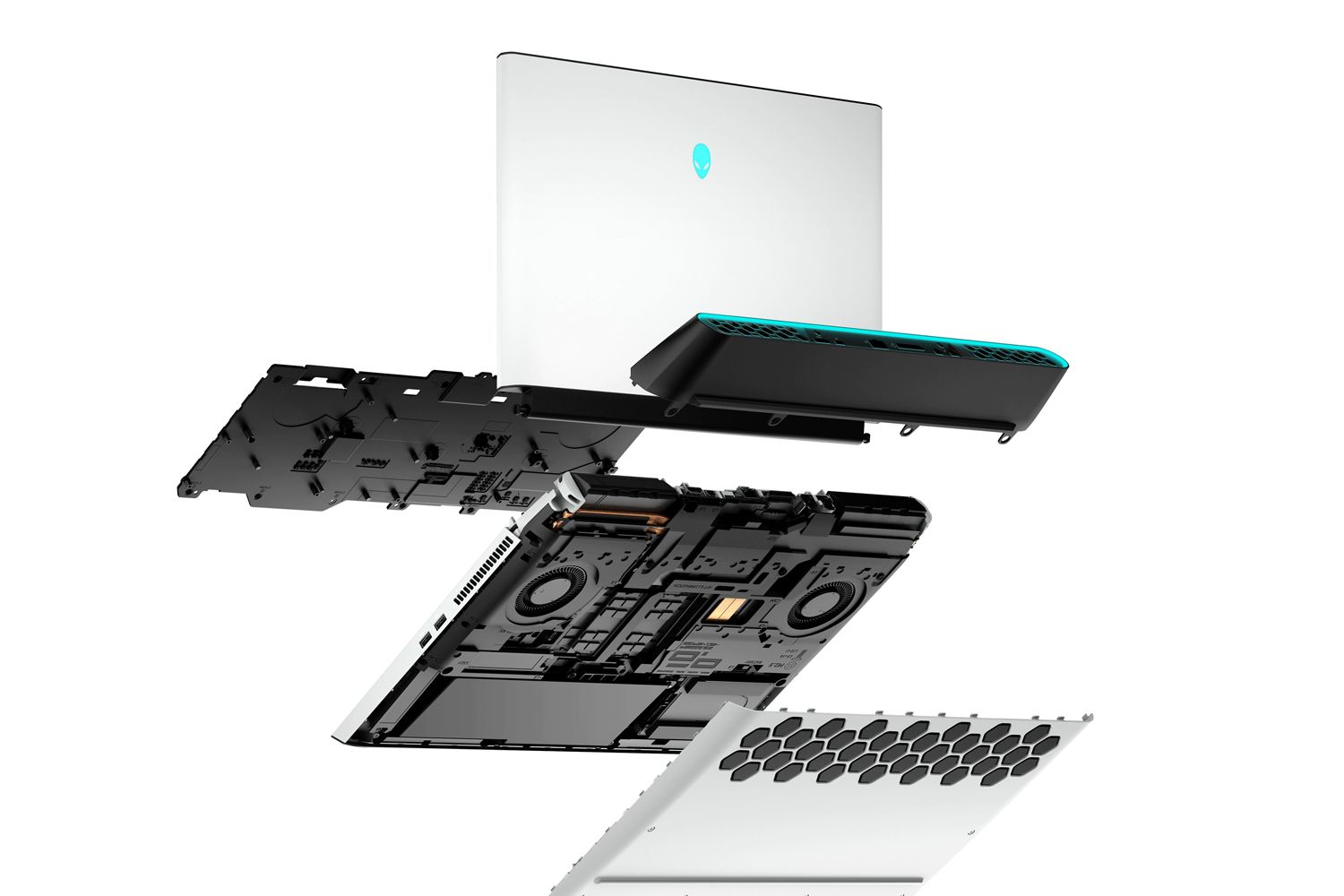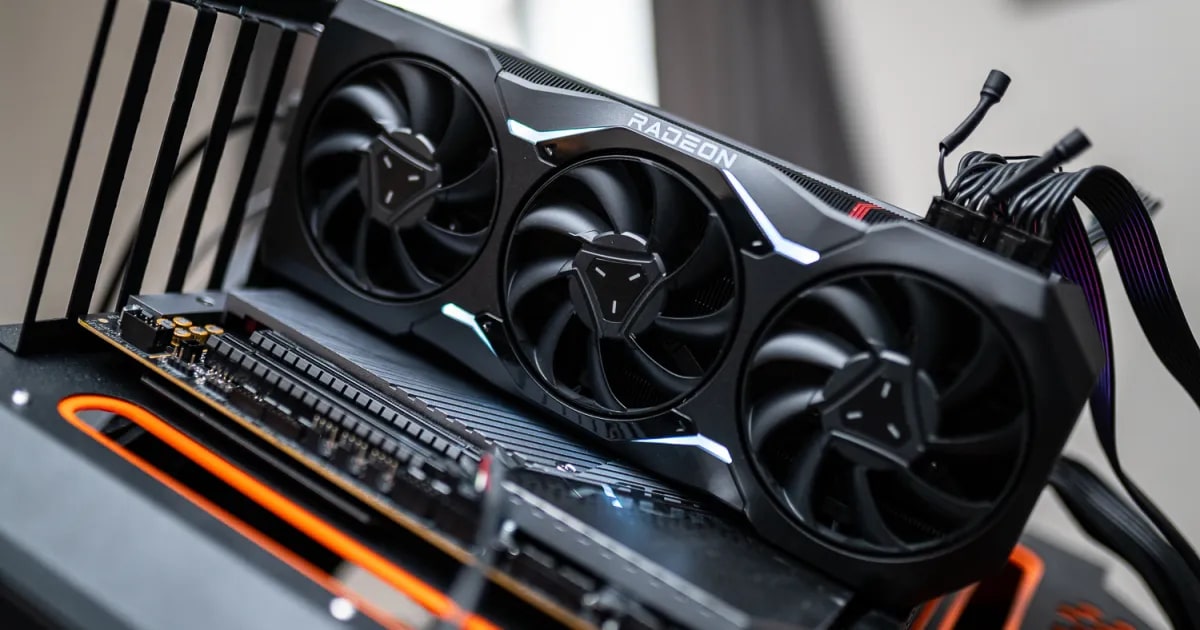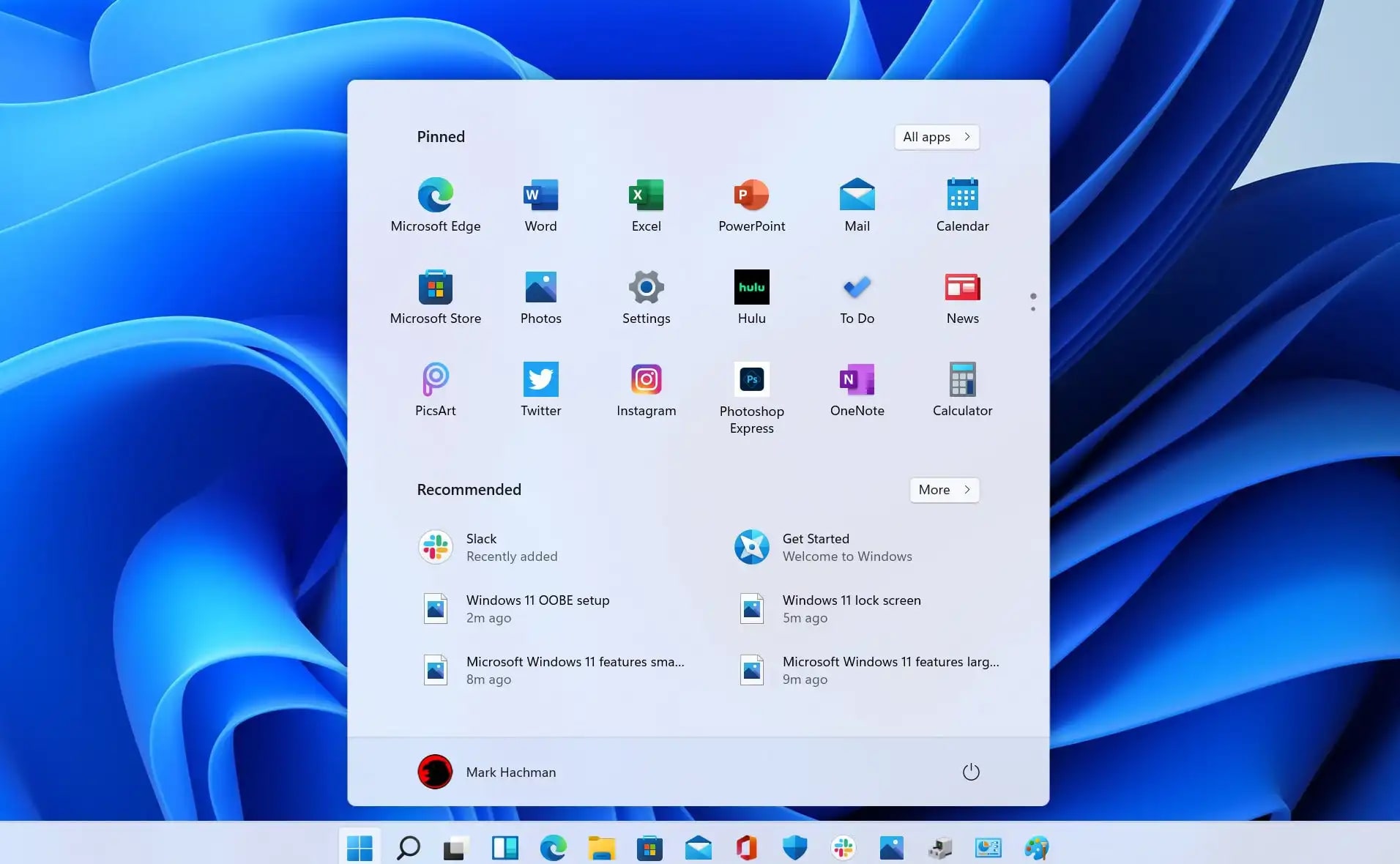Introduction
Modern computer systems rely on graphics cards to render high-quality visuals and improve overall performance. Whether you’re a casual gamer, a graphic designer, or simply using your computer for everyday tasks, having up-to-date graphics card drivers is crucial.
Graphics card drivers serve as the communication bridge between your operating system and your graphics card. They ensure that your system can properly utilize the hardware capabilities of your graphics card and enable you to enjoy the best possible visuals and performance.
Updating your graphics card drivers can bring a range of benefits. It can enhance the performance of your games and applications, resolve compatibility issues with newer software, and even fix bugs and glitches. Manufacturers regularly release driver updates to optimize performance and address any issues that may arise.
However, keeping your graphics card drivers up-to-date can sometimes be a daunting task, especially for those new to computer hardware. In this article, we will provide you with step-by-step instructions on how to update your graphics card drivers efficiently and effectively.
We will explore multiple methods for updating your graphics card drivers, including using the manufacturer’s website, updating through the Device Manager, and utilizing third-party driver updater tools. We will also provide troubleshooting tips to overcome common issues that may arise during the driver update process.
Before we delve into the methods, it’s crucial to note that while updating your graphics card drivers is generally safe, it’s always a good practice to create a system restore point or backup your important files, just in case any unexpected issues occur during the update process.
Now that we understand the importance of keeping our graphics card drivers up-to-date, let’s explore the various methods of updating them to ensure optimal performance and compatibility for our computer systems.
Why should I update my graphics card drivers?
Graphics card drivers play a vital role in the overall performance and functionality of your computer’s graphics card. Here are several key reasons why you should regularly update your graphics card drivers:
- Improved Performance: Graphics card driver updates often include optimizations that can significantly enhance the performance of your graphics card. These optimizations can result in smoother gameplay, faster rendering of graphics, and better overall system responsiveness.
- Compatibility with New Software: As software and games evolve, they may require specific features or functions provided by newer graphics card drivers. By keeping your drivers up-to-date, you ensure that your graphics card remains compatible with the latest software releases, minimizing compatibility issues and ensuring a seamless user experience.
- Bug Fixes and Stability: Like any software, graphics card drivers can have bugs or stability issues. Driver updates often include bug fixes and stability improvements, addressing issues that may cause crashes, freezes, or other problems. By updating your drivers, you can enjoy a more stable and reliable computing experience.
- Enhanced Features and Functionality: Graphics card driver updates can introduce new features, advanced settings, and additional functionalities. These updates can unlock the full potential of your graphics card, allowing you to customize your gaming experience, enable specific visual effects, or utilize advanced rendering techniques.
- Security Patches: Outdated graphics card drivers may have vulnerabilities that can be exploited by malicious actors. Graphics card manufacturers regularly release updates to patch security vulnerabilities, ensuring that your system remains secure and protected from potential threats.
By regularly updating your graphics card drivers, you can take advantage of these benefits and ensure that your computer system is running at its best. Let’s now explore the different methods of checking for and installing driver updates for your graphics card.
How to check for available driver updates
Before we proceed to update our graphics card drivers, we need to determine if there are any available updates. Here are a few methods to check for driver updates:
- Manufacturer’s Website: Visit the website of your graphics card manufacturer. Most manufacturers have a dedicated support or driver download section where you can search for the latest driver updates specific to your graphics card model. Look for the appropriate driver version compatible with your operating system.
- Device Manager: Another way to check for driver updates is through the Device Manager. Right-click on the “Start” button and select “Device Manager” from the menu. Locate and expand the “Display adapters” section. Right-click on your graphics card and select “Update driver.” Windows will search for any available updates and prompt you to install them.
- Third-Party Driver Updater Tools: There are several third-party driver updater tools available that can automatically scan your system, detect outdated drivers, and offer to download and install the latest versions. These tools can simplify the process and ensure that you have the most up-to-date drivers for all your hardware components.
When checking for driver updates, it’s essential to verify the legitimacy of the sources. Stick to official manufacturer websites or reputable driver updater tools to ensure that you download authentic and trustworthy driver updates.
Once you have determined the availability of driver updates, it’s time to update your graphics card drivers. In the next section, we will explore different methods to update your drivers, including using the manufacturer’s website, the Device Manager, and third-party driver updater tools.
Option 1: Update using the manufacturer’s website
One of the most reliable and recommended methods to update your graphics card drivers is by visiting the official website of your graphics card manufacturer. Here’s how to update your drivers using the manufacturer’s website:
- Identify the make and model of your graphics card. You can usually find this information by right-clicking on the Windows Start button, selecting “Device Manager,” and expanding the “Display adapters” section.
- Go to the manufacturer’s website. Common graphics card manufacturers include NVIDIA, AMD, and Intel. Navigate to the support or driver download section of the website.
- Search for the appropriate driver for your graphics card model and operating system. Most websites provide search options where you can enter your graphics card details or use drop-down menus to select your model.
- Download the latest driver update. Make sure to select the correct version compatible with your operating system. Save the driver file to a location on your computer where you can easily access it.
- Once the driver has finished downloading, locate the downloaded file and run the installer. Follow the on-screen instructions to complete the installation process. It may require you to agree to the terms and conditions and restart your computer.
- After the installation is complete, restart your computer to ensure that the updated drivers are properly loaded and applied.
Updating your drivers through the manufacturer’s website ensures that you are getting the official and verified driver updates for your graphics card model. However, keep in mind that this method requires manual search and download. If you prefer a more automated approach, you can explore other options such as updating through the Device Manager or using third-party driver updater tools, which we will discuss in the following sections.
Option 2: Update using the Device Manager
The Device Manager in Windows allows you to manage and update the drivers for your hardware components, including your graphics card. Here’s how you can update your graphics card drivers using the Device Manager:
- Open the Device Manager by right-clicking on the Windows Start button and selecting “Device Manager” from the menu.
- In the Device Manager window, locate and expand the “Display adapters” section to reveal your graphics card.
- Right-click on your graphics card and select “Update driver” from the context menu. This will open the Update Driver Software wizard.
- Choose the option to search automatically for updated driver software. Windows will search for available driver updates online and install them if found. Make sure you have an active internet connection.
- If Windows doesn’t find any updates or if you want to manually install the driver update, you can choose the option to “Browse my computer for driver software.” This allows you to select the downloaded driver file or specify the location where the driver is saved on your computer.
- Follow the on-screen instructions to complete the driver installation process. If necessary, restart your computer to ensure that the updated drivers are properly loaded.
Updating your graphics card drivers through the Device Manager is a convenient method as it utilizes the built-in functionality of Windows. However, please note that the Device Manager may not always have the latest driver versions available. If you encounter any issues or want to ensure that you have the most up-to-date drivers, consider exploring other options such as updating through the manufacturer’s website or using third-party driver updater tools, which we will discuss in the following sections.
Option 3: Update using a third-party driver updater tool
If you prefer a more automated and hassle-free approach to updating your graphics card drivers, you can consider using a third-party driver updater tool. These tools are designed to scan your system for outdated drivers and provide you with the latest driver updates. Here’s how you can update your graphics card drivers using a third-party driver updater tool:
- Research and select a reputable third-party driver updater tool. There are several options available in the market, such as Driver Booster, Driver Easy, and Snappy Driver Installer. Look for tools with positive reviews, regular updates, and a user-friendly interface.
- Download and install the chosen driver updater tool from the official website. Be cautious and avoid downloading from unofficial sources to minimize the risk of installing malicious or outdated drivers.
- Launch the driver updater tool and allow it to scan your system for outdated drivers. The scanning process may take a few minutes, depending on the speed of your computer and the number of drivers that need updating.
- Once the scan is complete, the tool will present you with a list of outdated drivers, including your graphics card driver. Review the list and ensure that the graphics card driver is selected for update.
- Click on the “Update” or “Install” button to initiate the driver update process. The tool will download the latest version of the graphics card driver and install it automatically.
- Follow any additional instructions provided by the driver updater tool. It may prompt you to restart your computer or perform other actions to complete the installation successfully.
- After the installation is complete, restart your computer to ensure that the updated drivers are properly loaded and applied.
Using a third-party driver updater tool can save you time and effort by automating the driver update process. However, it’s essential to choose a reliable and trusted tool from reputable sources to avoid potential security risks or installation of incorrect drivers. Remember to research and read reviews before deciding on a driver updater tool.
Now that we have explored different methods to update your graphics card drivers, let’s move on to some tips for a successful driver update process.
Tips for a successful driver update
Updating your graphics card drivers is essential to ensure optimal performance and compatibility. Here are some tips to help you have a successful driver update process:
- Create a Restore Point or Backup: Before updating your drivers, consider creating a system restore point or backing up your important files. This allows you to revert to a previous state in case any issues occur during the driver update process.
- Download from Official Sources: When downloading driver updates, always use official sources such as the manufacturer’s website or trusted third-party tools. Avoid downloading from unknown or unauthorized websites to minimize the risk of malware or incorrect drivers.
- Choose the Right Driver: Ensure that you download and install the correct driver for your exact graphics card model and operating system. Installing an incompatible driver can lead to instability or even system crashes.
- Remove Old Drivers: It’s a good practice to uninstall the old graphics card driver before installing the new one. You can use the Device Manager to uninstall the driver, and then proceed with the installation of the updated driver.
- Disable Antivirus or Firewall: Temporarily disable your antivirus or firewall software before initiating the driver update process. Some security programs may interfere with the installation process and cause issues. Remember to re-enable them once the update is complete.
- Restart Your Computer: After installing the updated drivers, restart your computer to ensure that the changes take effect and the new drivers are properly loaded.
- Regularly Check for Updates: Make it a habit to check for driver updates regularly, especially after major software or hardware changes. Keeping your drivers up-to-date ensures you’re benefiting from the latest enhancements and bug fixes.
- Seek Professional Help: If you encounter any significant issues or are unsure about updating your drivers, it’s best to seek help from a professional technician or contact the support team of your graphics card manufacturer.
By following these tips, you can increase the chances of a smooth and successful driver update process. Remember that updating your graphics card drivers is just one part of maintaining a well-functioning computer system, and regular updates for other hardware components and software are also important.
Now that you are equipped with these tips, you can confidently proceed with updating your graphics card drivers. However, issues may arise during the process. In the next section, we will discuss some common issues that you may encounter and provide troubleshooting tips to overcome them.
Troubleshooting common issues during driver update
While updating your graphics card drivers, you may encounter some common issues. Here are troubleshooting tips to help you overcome them:
- Driver Installation Failure: If the driver installation fails, try running the installer as an administrator. Right-click on the installer, select “Run as administrator,” and follow the instructions. Additionally, ensure that you have downloaded the correct driver version and that it is compatible with your operating system.
- Driver Compatibility Issues: In some cases, a driver update may introduce compatibility issues with your system. If you experience issues after updating, try rolling back to the previous driver version. You can do this through the Device Manager by right-clicking on your graphics card, selecting “Properties,” navigating to the “Driver” tab, and choosing the “Roll Back Driver” option.
- System Instability or Crashes: If your system becomes unstable or crashes after updating the graphics card driver, it could indicate a compatibility or software conflict issue. Try booting your computer into Safe Mode and uninstalling the driver. After restarting your computer, you can attempt to install an older or different version of the driver.
- Stuck or Frozen Installation: If the driver installation process gets stuck or freezes, try closing the installer, restarting your computer, and then running the installer again. Ensure that you have disabled any antivirus or firewall software that could interrupt the installation process.
- Persistent Issues: If you continue to experience issues after updating the graphics card driver, it may be beneficial to perform a clean installation of the driver. This involves uninstalling the current driver, restarting your computer, and then installing the latest driver from scratch.
- Seeking Manufacturer Support: If you encounter persistent issues or are unsure how to resolve them, reach out to the support team of your graphics card manufacturer. They can provide further assistance, guidance, or even recommend specific driver versions for your system.
Troubleshooting driver update issues can require some trial and error. It’s important to approach the process with patience and care. Remember to back up your important files and create system restore points before making any changes to your drivers.
By following these troubleshooting tips, you can overcome common issues during the driver update process and ensure that your graphics card drivers are updated successfully.
Once you have successfully updated your graphics card drivers and resolved any issues, you can now enjoy improved performance, enhanced compatibility, and the latest features delivered by the updated drivers.
Conclusion
Updating your graphics card drivers is a crucial step in optimizing the performance, stability, and compatibility of your computer system. We explored three primary methods for updating your graphics card drivers: using the manufacturer’s website, utilizing the Device Manager, and employing third-party driver updater tools.
When updating your drivers, it is important to follow best practices such as creating a backup, downloading from official sources, and choosing the correct driver for your specific hardware and operating system. Additionally, troubleshooting common issues that may arise during the update process can help ensure a successful driver update.
By keeping your graphics card drivers up-to-date, you can enjoy improved performance, enhanced compatibility with the latest software, access to new features and functionalities, and the resolution of bugs and stability issues. Regularly checking for driver updates and staying informed about the latest releases from your graphics card manufacturer are important habits to maintain an optimized computer system.
We hope this guide has provided you with the necessary information and steps to update your graphics card drivers effectively. Remember to adhere to the recommended tips and troubleshooting techniques to ensure a smooth and successful driver update process. If you encounter any persistent issues or are unsure about certain steps, don’t hesitate to seek assistance from the support team of your graphics card manufacturer or consult with a professional technician.
By staying vigilant and regularly updating your graphics card drivers, you can ensure that your computer system is running at its best and that you’re getting the most out of your graphics card’s capabilities.







